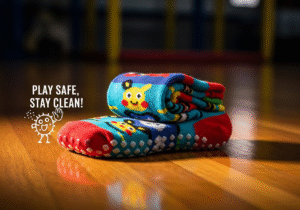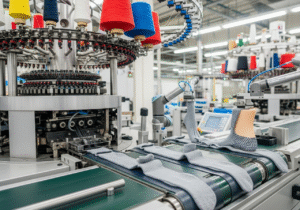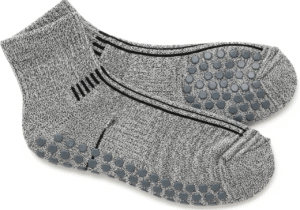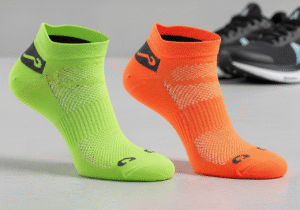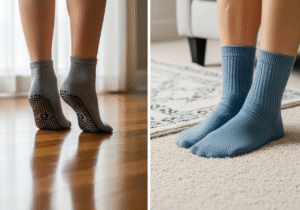Worried about kids slipping during activities or the hygiene of shared spaces? Bare feet are unsafe and unsanitary, but regular socks offer no traction on smooth gym floors.
Grip socks are a smart investment for schools, offering a simple solution to prevent slips and falls on gym floors. They improve hygiene by keeping feet clean, enhance stability during physical education, and ultimately create a safer, more focused learning environment for students.
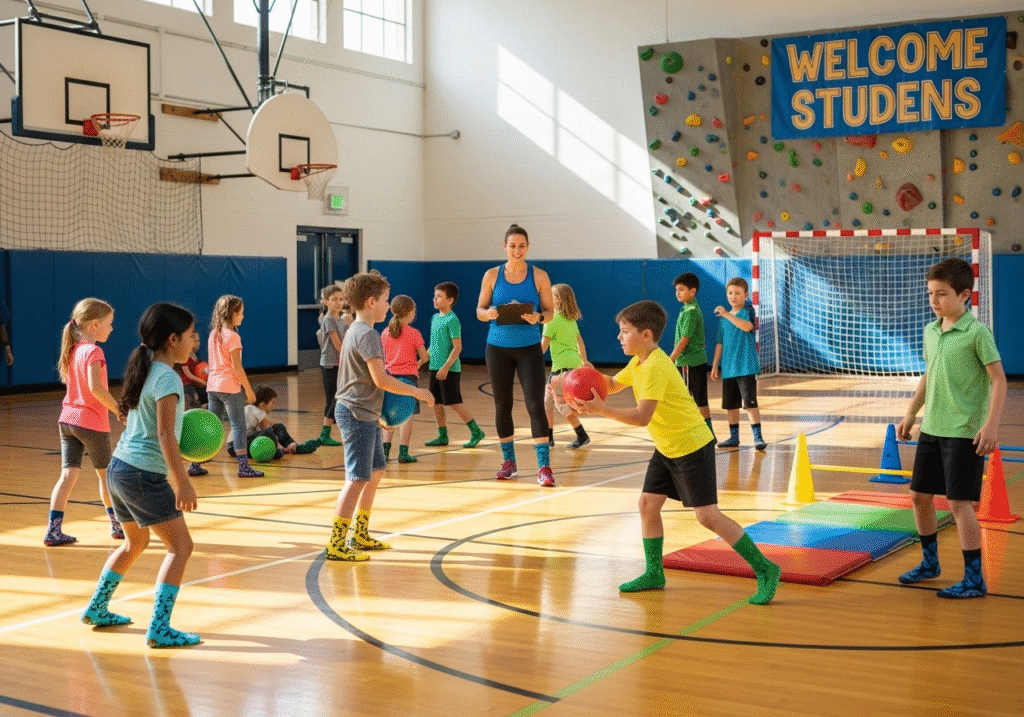
As someone who supplies socks for all kinds of performance activities, I've seen the direct impact they can have. For a school administrator or a PE teacher, the concerns are very similar to those of a gym owner or a yoga studio manager: safety and cleanliness are top priorities. The decision to implement a grip sock policy isn't just about footwear; it's about creating a better, safer environment for every child. Let's break down the specific benefits.
Why Do Kids Wear Grip Socks?
Kids love to run and play, but smooth floors can be treacherous. Regular socks slide, and bare feet offer little protection, leading to slips and falls during activities.
Kids wear grip socks primarily for safety. The anti-slip grips on the bottom provide essential traction on surfaces like polished wood, tile, or vinyl, allowing them to play, jump, and participate in activities with much greater stability and confidence.
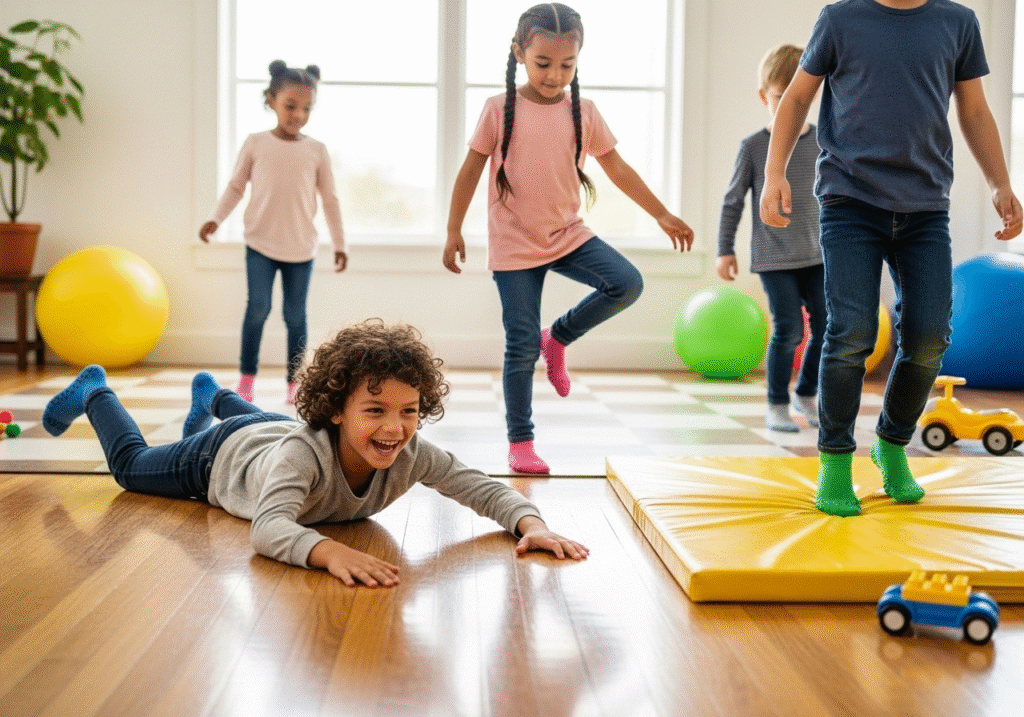
The primary purpose of a grip sock is straightforward: to prevent slipping. Think about the variety of surfaces in a school—from the polished basketball court in the gymnasium to the vinyl flooring in a multipurpose room. These are high-traffic areas where kids are most active and, therefore, most at risk of falling. Regular socks act like skis on these surfaces. Grip socks, on the other hand, act like brakes. They have small PVC or silicone dots patterned on the sole that create friction, anchoring the child's foot to the floor during quick movements. This provides the stability needed for everything from gym class exercises to simple playtime, giving both kids and teachers peace of mind.
Is It More Hygienic to Wear Socks?
Shared spaces like gyms and play areas can be breeding grounds for germs. Are you concerned about what kids are picking up on their bare feet and spreading around the school?
Yes, wearing socks is significantly more hygienic. Socks act as a barrier, protecting feet from direct contact with germs, fungi, and bacteria on floors. Grip socks provide this crucial layer of protection without sacrificing the traction needed for safe play.
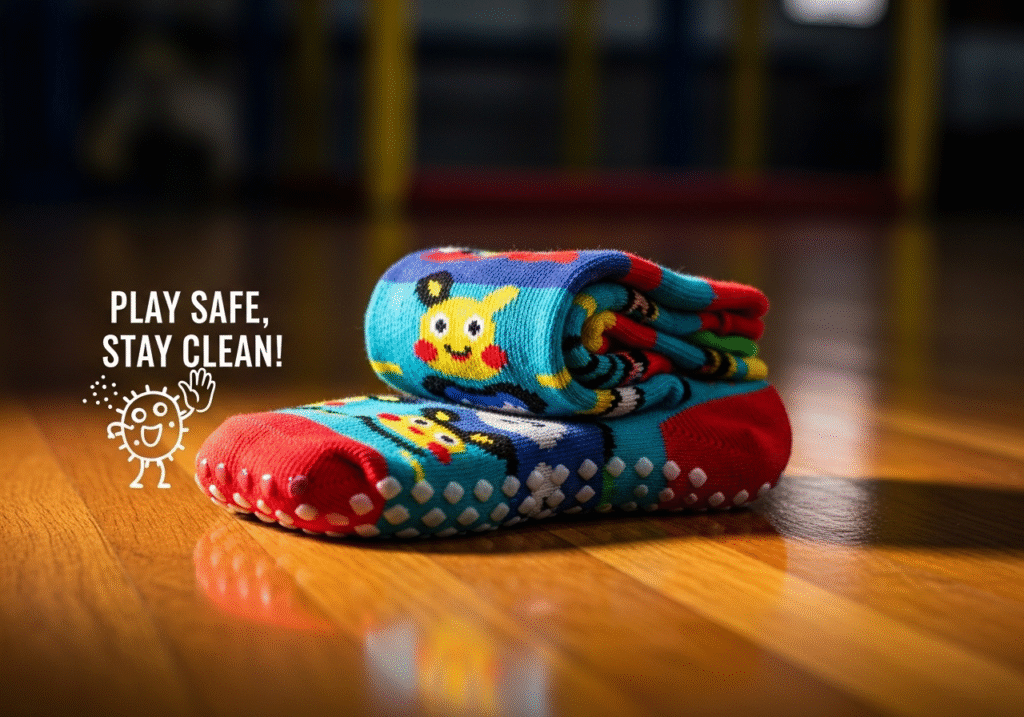
From a textile perspective, the hygiene argument is solid. A child's foot can sweat a lot, and when that foot is bare on a floor, it picks up everything. Conversely, it also leaves moisture and dead skin cells behind. This creates an environment where germs can thrive. Socks absorb that sweat and create a physical barrier. Here’s how it improves the school environment:
| Benefit | For the Student | For the School Environment |
|---|---|---|
| Personal Hygiene | Prevents direct contact with floor-borne bacteria and fungi. | Reduces the transfer of germs from student to student via floors. |
| Cleanliness | Keeps feet clean throughout the day. | Results in cleaner floors with less dirt and grime tracked around. |
| Health | Lowers the risk of common foot infections like athlete's foot. | Promotes a healthier overall space for all students and staff. |
By providing grip socks, schools can enforce a simple "no bare feet" policy that significantly boosts the overall cleanliness and health of their facilities.
Do Grip Socks Improve Performance?
During PE class, a child's confidence and ability can be affected by their stability. If a child feels like they might slip, they will hesitate and perform movements less effectively.
Yes, grip socks can improve performance, especially in activities requiring balance, agility, and quick changes of direction. The enhanced traction allows kids to engage more confidently and effectively in sports and exercises, leading to better skill development.
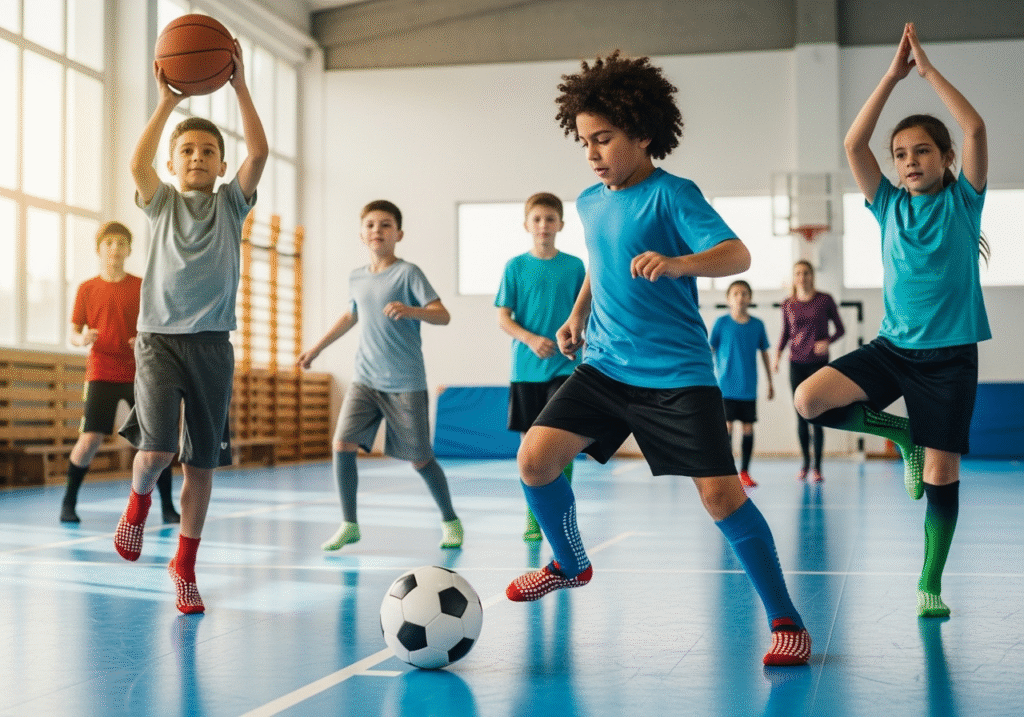
I've made socks for athletes my whole life, and the principle is the same for kids. Performance is built on a stable foundation. When a child's feet are secure, their body can move more efficiently and powerfully. Imagine a child trying to do a yoga pose, a dance move, or a simple agility drill. If their feet are sliding, even slightly, their focus shifts from the activity to just trying to stay upright. Grip socks eliminate this distraction. They create a solid connection to the ground, allowing kids to push off, pivot, and land with precision. This stability not only improves their physical execution but also boosts their confidence to try new and more challenging skills, which is a core goal of any physical education program.
Do Grip Socks Prevent Injuries for Kids?
A slip-and-fall accident is one of the most common causes of playground and gym injuries. These incidents can range from minor scrapes to more serious sprains or fractures, creating worry for parents and liability issues for schools.
Absolutely. By providing superior traction on slippery surfaces, grip socks directly reduce the number of slips and falls. This is a simple, proactive measure that significantly lowers the risk of common injuries that occur during physical activity and play.
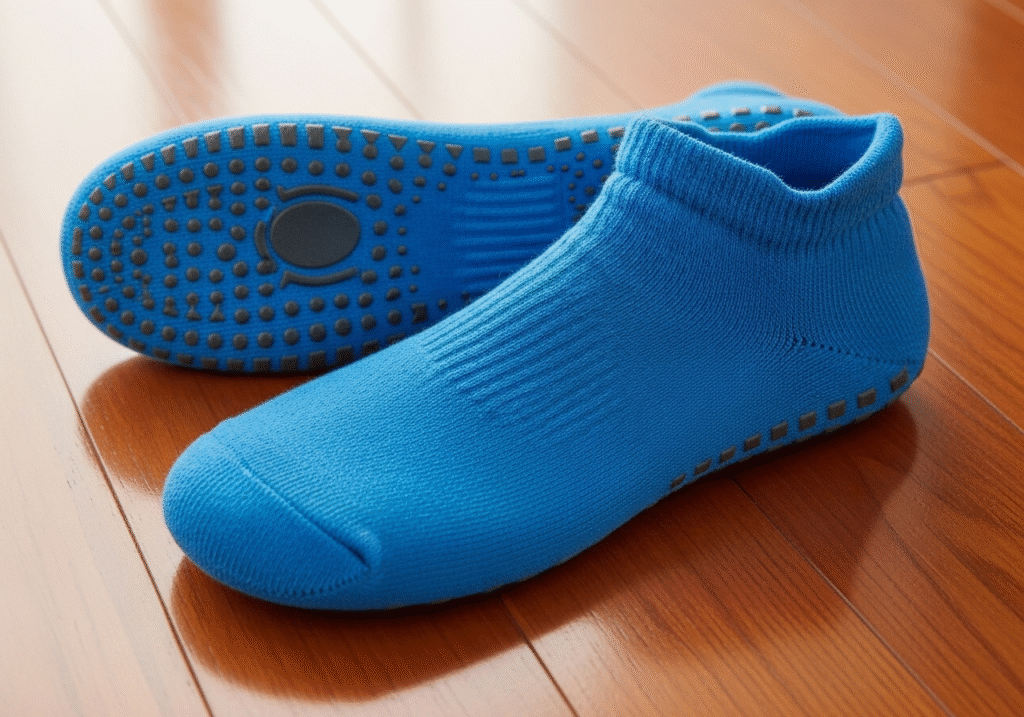
Safety is the most compelling reason for schools to adopt grip socks. The logic is simple: better traction equals fewer falls. The cost of a pair of grip socks is minimal compared to the potential cost—both financial and emotional—of a single student injury. Here's a breakdown of the safety benefits:
- Proactive Prevention1: Instead of reacting to accidents, grip socks prevent them from happening in the first place.
- Protection for All Activities: They are effective during structured PE classes, free play in a multipurpose room, or even just walking on a polished hallway floor.
- Reduced Liability2: Demonstrating a commitment to student safety with proactive measures like a grip sock policy can be important for a school's risk management strategy.
As someone responsible for product quality, I see grip socks as a piece of safety equipment. Just like a helmet for cycling, they provide a fundamental layer of protection for everyday school activities.
Conclusion
Grip socks offer a practical, low-cost solution for schools to enhance safety, hygiene, and student performance. They are a simple investment that provides significant returns in creating a better learning environment.
Related:

